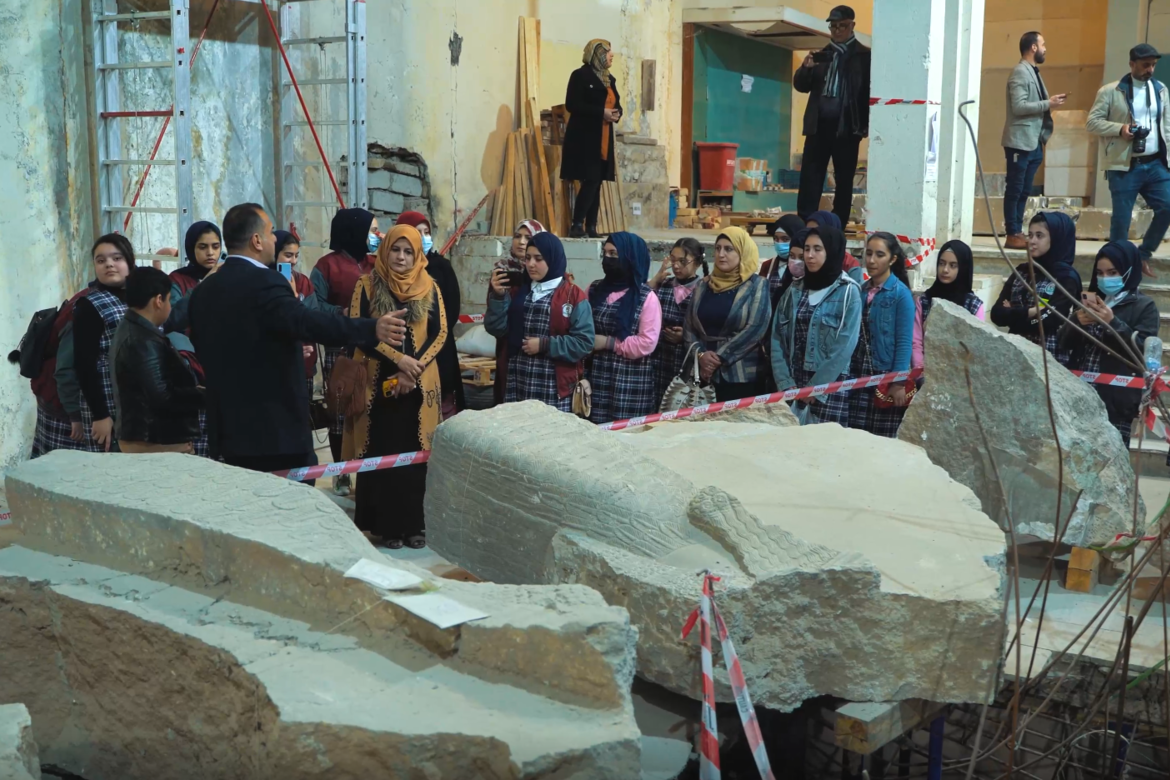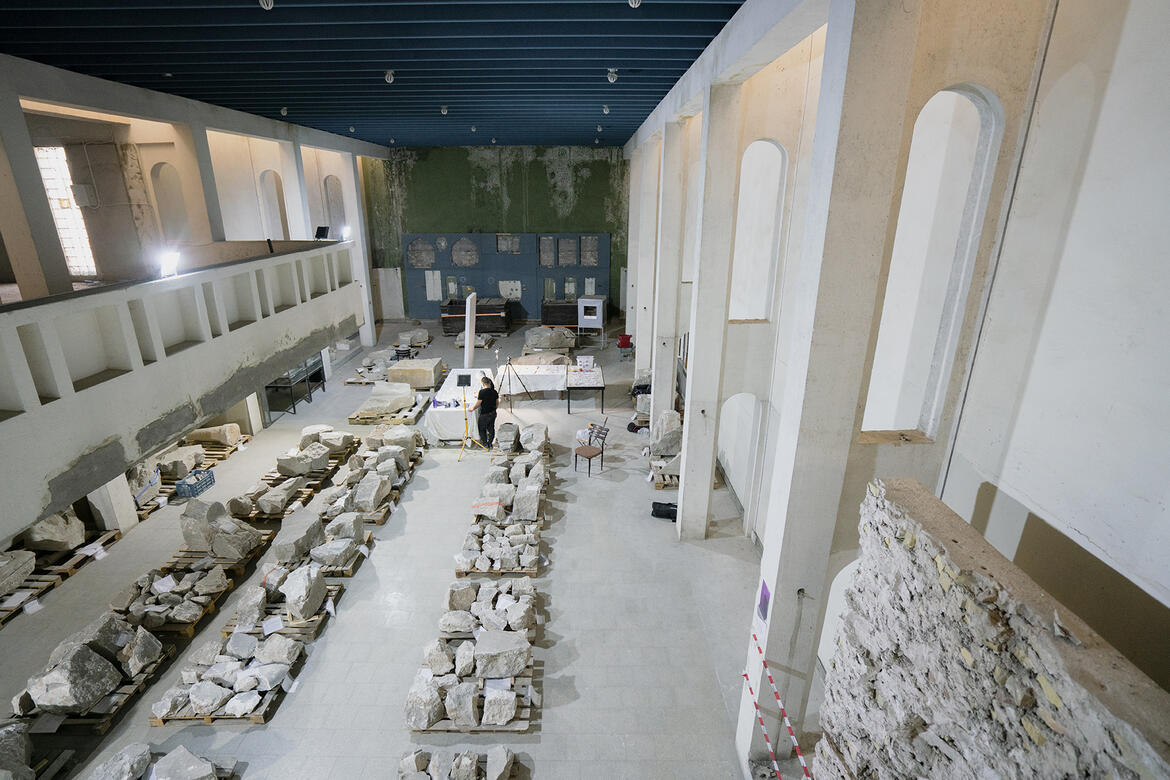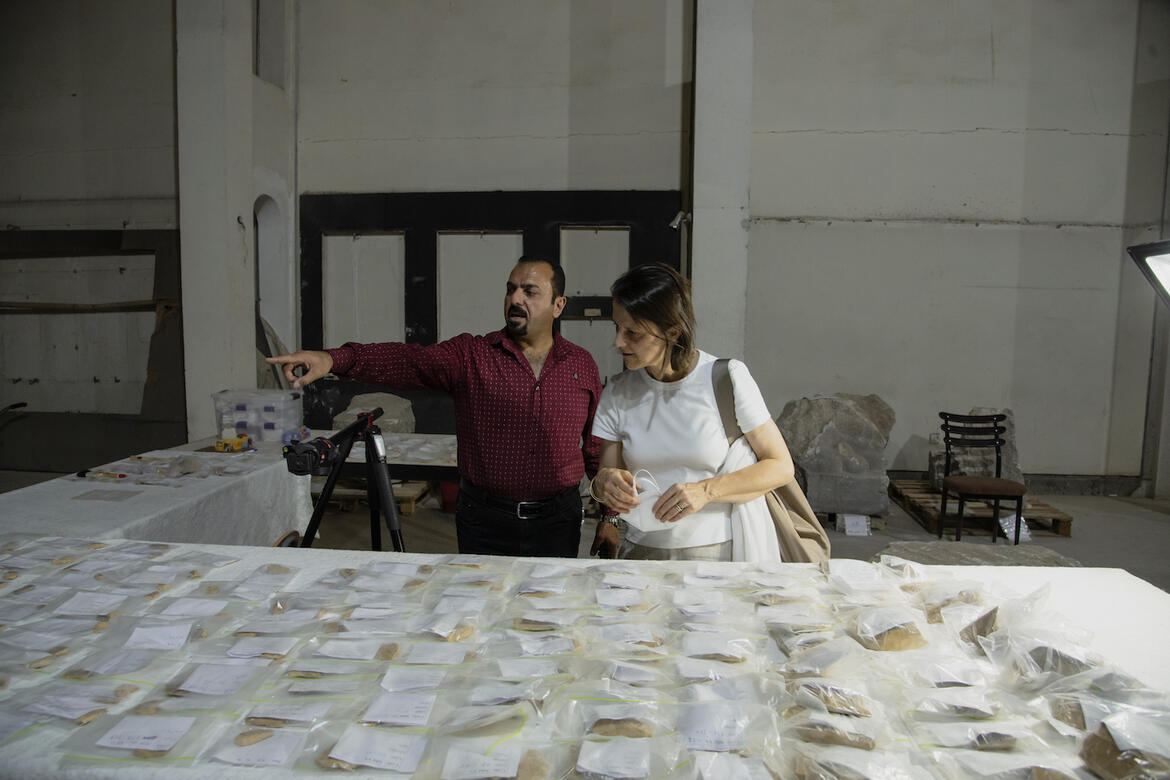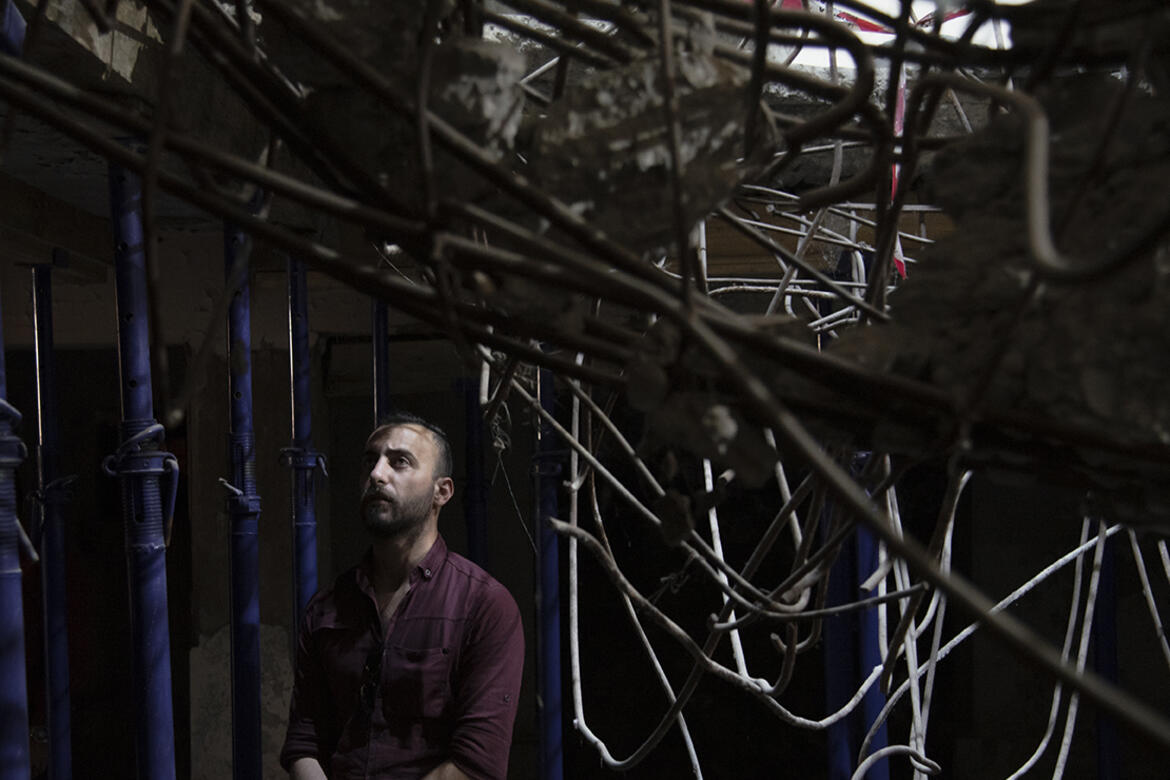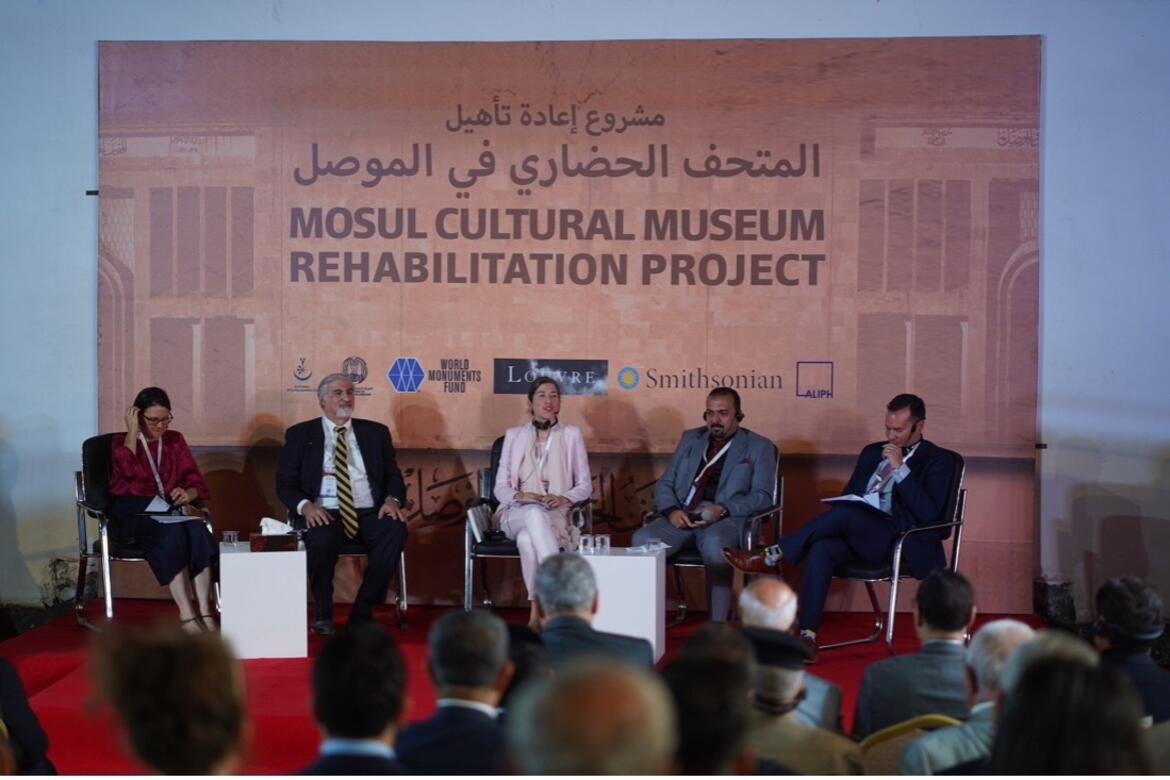“A Special Symbol for the People of Mosul”: An Iraqi Museum Rises from the Ruins of an ISIS Attack
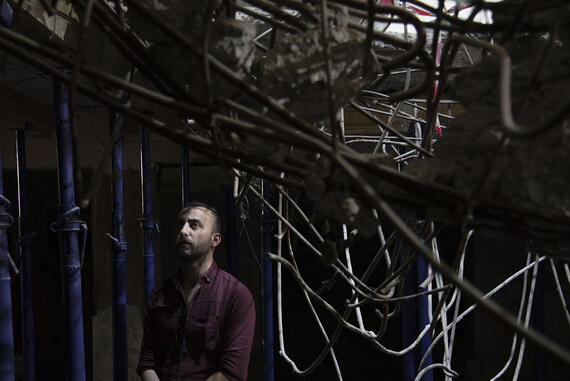
When Zaid Ghazi Saadallah assumed the role of director of the Mosul Cultural Museum (MCM), less than a month had passed since government forces officially declared victory over Daesh (also known as ISIS) in the northern Iraqi city of Mosul. The terrorist group had held the city since 2014, and in the wake of their brutal three-year occupation, museum staff were left to quite literally pick up the pieces: an assault on the galleries had severely damaged the collection and the building that contained them, an important work by the Iraqi modernist Mohamed Makiya. Touring the halls, cratered and strewn with rubble, Saadallah felt like his child had been killed; he still tears up when he talks about it.
In May of 2023, restoration work was officially inaugurated at the MCM, the fruit of years of preparation by an international coalition composed of the Iraqi State Board of Antiquities and Heritage (SBAH), the Musée du Louvre, the Smithsonian Institution, and WMF, supported and funded by the International alliance for the protection of heritage in conflict areas (ALIPH). As work continues ahead of the scheduled 2025 completion date, we spoke with Saadallah about the significance of the MCM’s rehabilitation—both personally and to the people of Mosul at large. This interview has been edited for clarity and length.
WMF: What is the importance of the museum and its rehabilitation to the local community in the city?
Zaid Ghazi Saadallah (ZGS): Everyone is waiting impatiently for the completion of the project and the official reopening so they can visit, from small children to university students and experts. There will be a massive library for the people of Mosul; the museum will be a cultural hub and attract students and researchers as well as tourists.
The MCM is a special symbol for all the people of Mosul, this generous city that rises every time it is destroyed with the efforts of its good citizens. It is a challenge to overcome what happened to this museum, and it will welcome everyone who is interested in cultural heritage, which belongs not only to Mosul and Iraq but to all humanity.
WMF: After years of work, the project is finally entering the restoration phase. Can you talk about the significance of the building itself and what the plans are to rehabilitate it?
ZGS: World Monuments Funds is responsible for rehabilitating the museum’s building while integrating new technologies into the original museum design, which was created by the great architect Mohamed Makiya, one of the most important architects in the Arab world. Baghdad had a special place for Makiya in his career: he established the first architectural department in Iraq within the Faculty of Engineering at the University of Baghdad, and he held the dean position of this department. He also designed the Mosul Cultural Museum according to his philosophical and historical vision of the architectural sciences. The restoration project aims to preserve Makiya’s original design while ensuring the comfort of visitors.
WMF: The May 2023 inauguration included the opening of an exhibition in collaboration with the Louvre. How has the international consortium influenced the curation of the future museum? What kind of training did MCM staff receive from the Smithsonian and the Louvre?
ZGS: After the liberation of the areas that were controlled by ISIS, many organizations extended a helping hand to revive the city and restore life in it, and among those pioneering organizations was the Smithsonian institution, who trained the museum and inspectorate staff to prepare emergency and rescue plans for sites that were subject to disaster or destruction, followed by the Louvre Museum, who trained staff on restoration and maintenance. The training that the Iraqi team received laid the foundation for collecting, assembling, and restoring significant [damaged] artefacts, like Ashurnasirpal’s throne; a colossal lion that was found in the Temple of Ishtar in the historic city of Nimrud; and the Banquet Stele. These three objects were the first things the team was trained on; without this training, we wouldn’t have the capacity to restore and assemble them. It’s a big challenge to restore these objects; it’s very difficult to find and gather all the pieces.
WMF: What does it mean to you personally to be involved in this project?
ZGS: It is an honor to work on this project with great partners and bring the museum back to life after the destruction that took place here. I spent most of my career working at this site. Despite the despair that I went through when I saw the videos of the destruction [by Daesh] on social media, I shook off the dust of sadness and clung to a glimmer of hope that through great effort we could make the changes needed to restore what was destroyed. The Mosul Cultural Museum, in my opinion, is the icon of the city of Mosul.
Cultural heritage is the responsibility of everyone—individuals and governments—to protect and save for future generations. When cultural heritage is in danger, the people and their civilization are in danger too.

